KNOW YOUR CARTRIDGE CASINGTERMINOLOGY
Tags:
By Heidi Lyn Rao
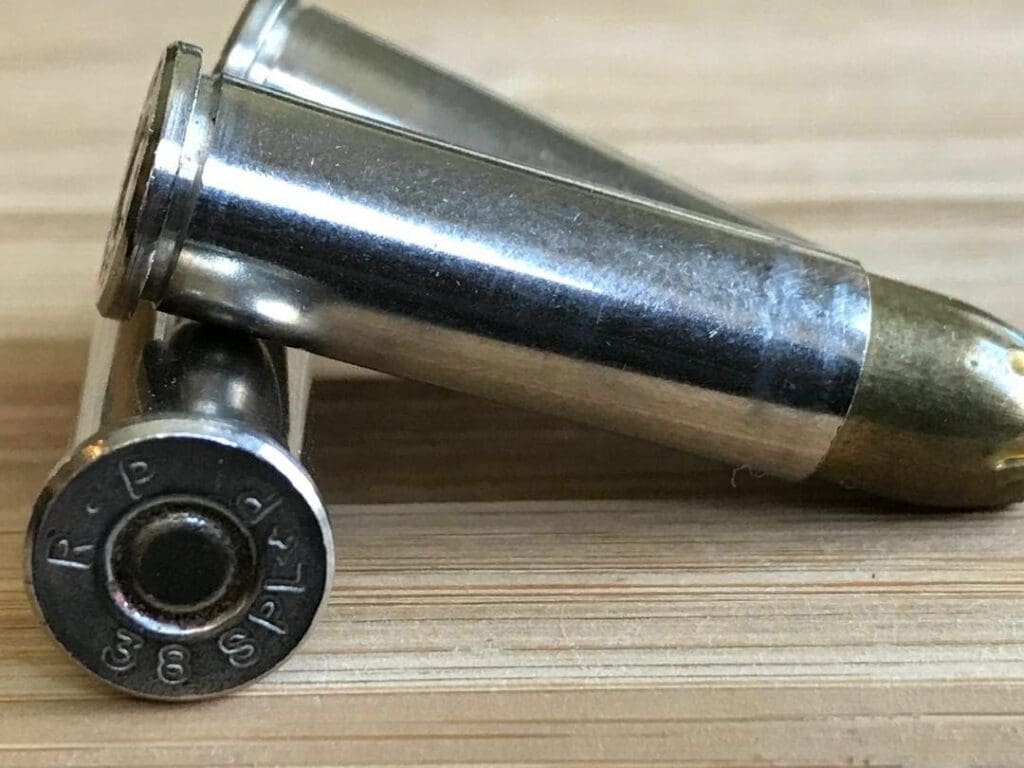
KNOW YOUR CARTRIDGE CASINGTERMINOLOGY
Every NRA firearms training course has some lesson that covers the basic ammunition components. As an NRA Training Counselor, it is my job to present this topic in a thorough, concise, and understandable way. I also want my classes to be fun as well as informative.
A good instructor needs to be able to read his or her students to determine how in depth a topic should be covered. It is always the same question – Should you just cover the required material or expand on the topic to produce a more informed student? Ammunition components is one of those topics that I find my students are very interested in. Not only do they find this lesson interesting, but students also want as much information on the topic you can give them. The basic cartridge components that are taught in the lessons are also depicted on one of the NRA Training posters available to instructors. There are four basic components of a cartridge: (1) primer, (2) casing, (3) propellent, and (4) projectile. Each of these four components have a specific purpose and each are just as important to the cartridge as a whole.
Primer
The primer provides the initial ignition that sets firing the cartridge in motion. The primer is located in the bottom of the round, in the cartridge head. When the trigger is squeezed, the firing pin drops and strikes the primer. The primer then sends sparks through the propellant which sends the projectile down the barrel.
Casing
The casing is what holds everything together prior to discharging. The casing is usually made of brass. In fact, the spent casing is often referred to as “brass” regardless of what it is made from. Casings can also be nickel or aluminum.
Propellent
The propellant used in cartridges is a chemical compound that when ignited by the primer, sends the projectile down the barrel. This is done through expanding gasses. As the gasses expand, pressure builds up in the cartridge. This pressure is one of the factors that determines muzzle velocity and foot pounds of the projectile leaving the muzzle of the firearm
Projectile
The projectile is what is expelled through the barrel. The projectile is the bullet in rifles and pistols, or shot in shotguns
Types of Cartridges
There are two types of cartridges. These are rimfire cartridges and centerfire cartridges. The location of the primer in the cartridge determines the type of cartridge. This is important to know, especially when hunting. Depending on the state, most large game animals, such as deer, antelope, and elk can only be hunted with centerfire cartridges. Also depending on the state, small game animals such as squirrel and rabbit can be hunted with rimfire cartridges
Rimfire Cartridge Case
The primer compound in rimfire cartridges is located in the rim of the casing of the cartridge head. The firing pin of the firearm chambered for rimfire cartridges are shaped like a squared off spade. When the trigger is squeezed, the spade-like firing pin pinches the rim of the cartridge against the chamber, which then ignites the primer
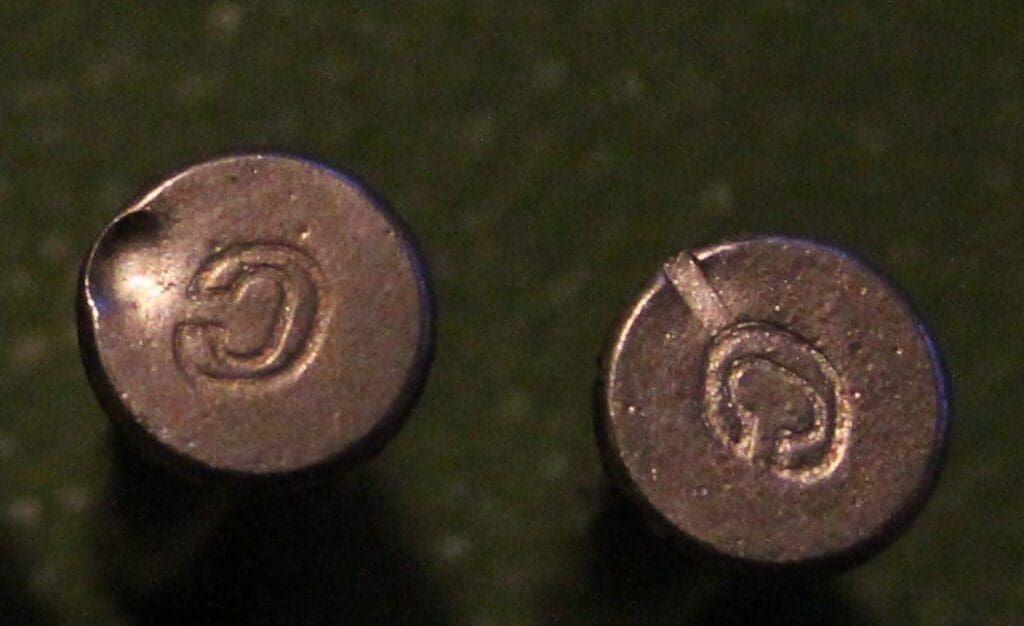
Centerfire Cartridge Case
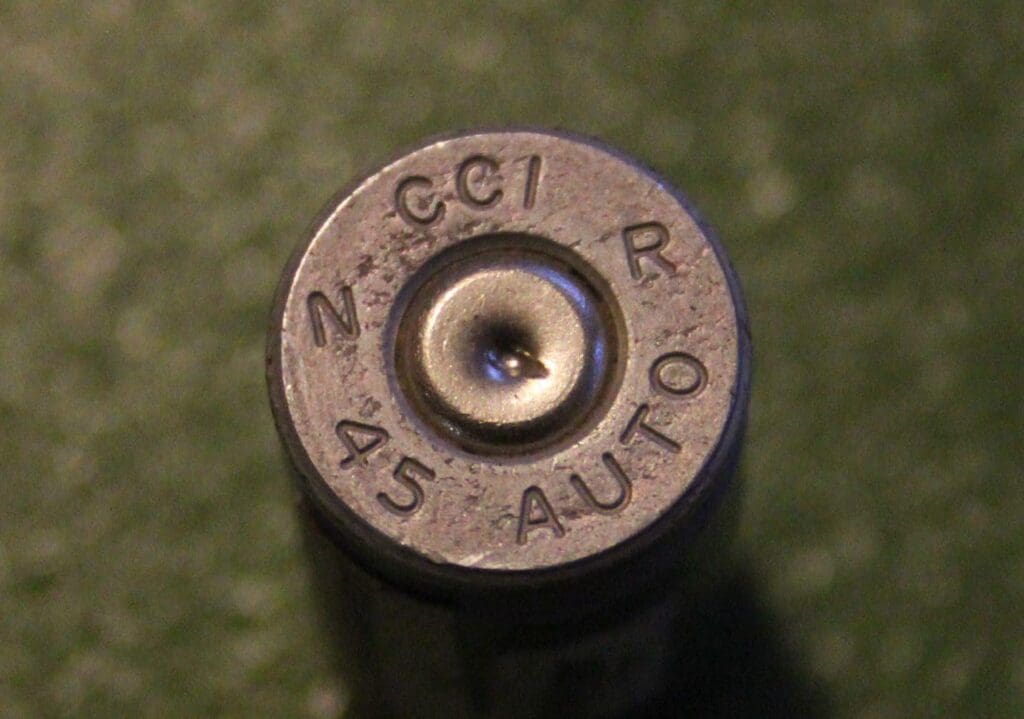
The primer of a centerfire cartridge is round and located in the center of the cartridge head. The firing pin of the firearm chambered for centerfire cartridges are either pointed or shaped like a punch. When the trigger is squeezed, the firing pin strikes the primer in the center of the cartridge head, which ignites the primer.
Centerfire Casings Terminology
Primer Pocket
The primer pocket is the round opening in the cartridge head that the primer is seated. There are two types of primer pockets. These are Boxer and Berdan.
Boxer Primer Casing
Boxer primer pockets are the most common type. This type of primer pocket has only one flash hole. This type is also the easiest to reload.
Berdan Primer Casing
Berdan primer pockets have two to three flash holes in the opening for the primer. These are less common than Boxer and you would need special primer punches if you were to reload.
Types of Casings
Rimmed Casings
Rimmed casings and rimfire cartridges are two different things. When we are talking about rimmed cartridges or casings, we are referring to cartridges that the head of the casing extends past the wall of the casing. Rimmed cartridges or casings are usually associated with older cartridges and revolver cartridges. Rimmed cartridge casings are used in handguns with a cylinder or rifles with a tubular magazine. The rim of these casings visibly extends beyond the cartridge wall.
Rimless Casings
Rimless cartridges casings do have a rim, but the rim of a rimless cartridge casing is even with the cartridge wall. At the bottom of the casing, before the rim, it is recessed at an angle, so the rim is even with the cartridge casing wall. These types of casings are found in semi-automatic pistols and modern rifle cartridges. Rimless cartridge casings can feed from magazines easier than rimmed cartridge casings.
Necked Casings
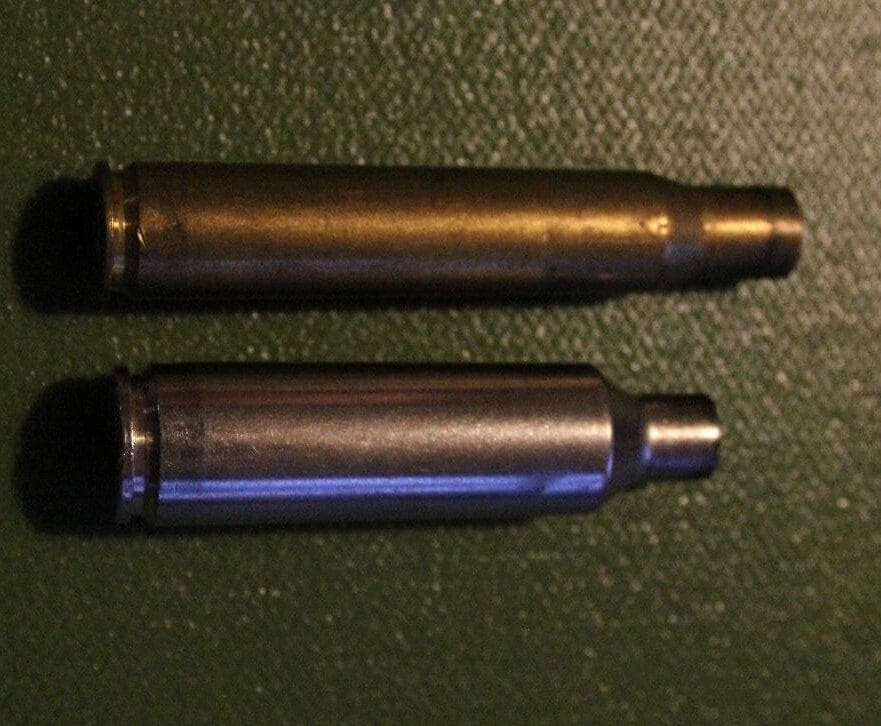
Necked Casings are shaped like a long-neck bottle. The base of a necked cartridge casing is wider than the “neck” or opening for the bullet to be seated. Sometimes this constriction can be very significant. This is referred to as a “necked-down” cartridge. This type of cartridge casing allows for more pressure, energy, and velocity than a similar straight wall cartridge casing. Some states such as Illinois and Iowa restrict the use of necked cartridges because of the density of the population due to the projectile’s potential to traveling a greater distance.
Straight Wall Casings
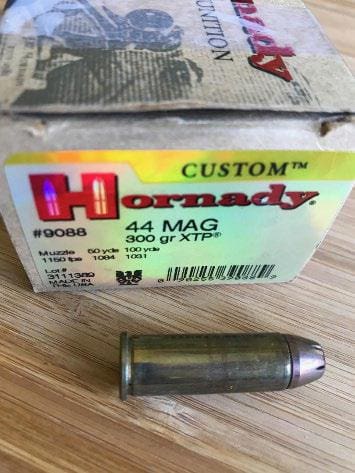
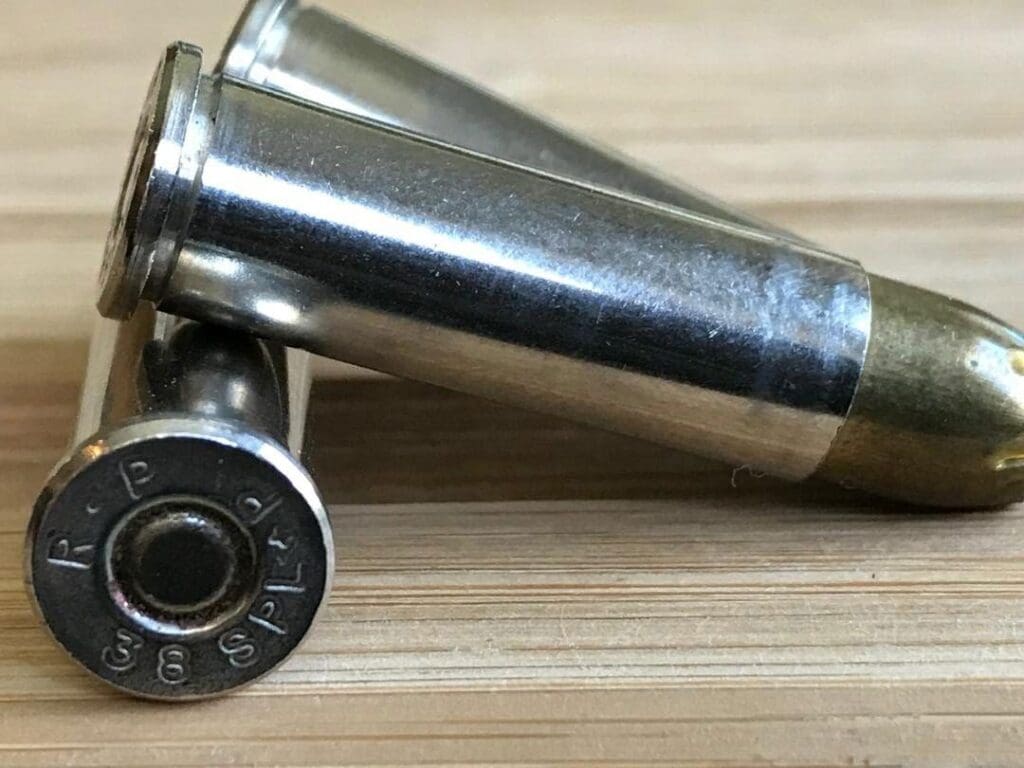
Straight wall cartridge casings are the same diameter from the base to the opening where the bullet is seated. These types of cartridges usually have less velocity and as a result, the projectile does not travel as far. Straight wall cartridges are increasingly being permitted for hunting and target shooting is sates that traditionally restricted neck cartridges. These states only allowed shotguns, handguns, and archery equipment for deer hunting or target shooting
Belted
Belted cartridge casings have a pronounced raised ring or belt at the base near the casing head, approximately 2-4 mm past the extractor groove. These types of casings are rimless cartridges. Belted casings are normally associated with magnum cartridges with extremely high pressures. The purpose of the belt is to give the cartridge the proper head space when the cartridge is chambered. The belted cartridge casing was developed by the British gun manufacturer, Holland & Holland. Rimless cartridge casings were just coming of age when they were looking for a way to get the head spacing of rimmed cartridge casings
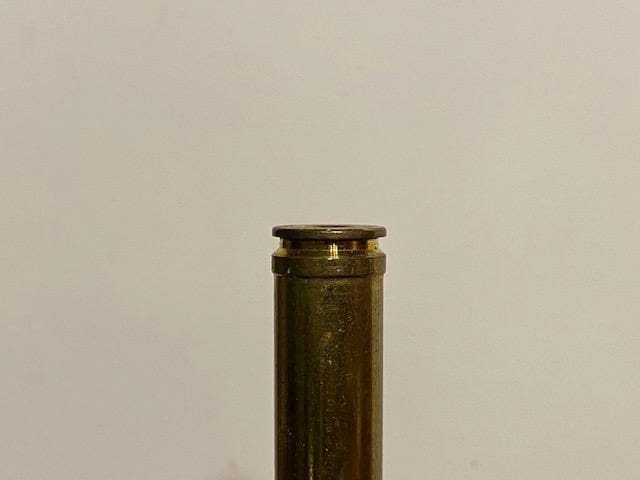
As you can see, there is a lot more to know about cartridges than just the four basic components. As a shooter and instructor, I want to understand what other shooters and instructors are talking about. I have found that my students feel the same way. Learning cartridge terminology is just as important as learning firearm terminology.
